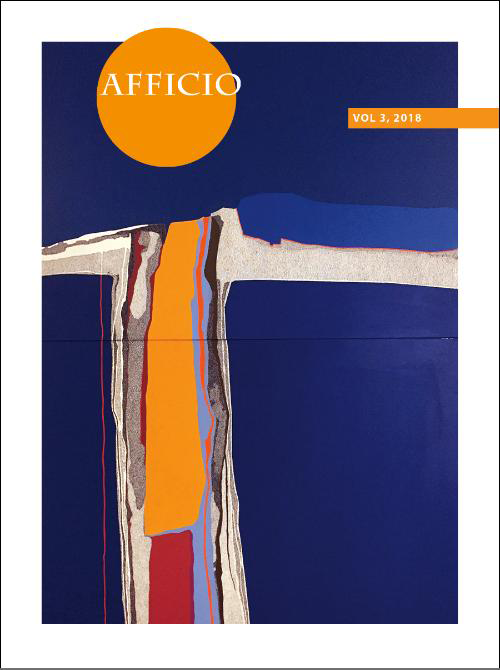Literature Review on Forensic Interviewing of Children
Chloe Champion (
Social Sciences)
Forensic interviewing of child victims and witnesses poses unique challenges to investigative interviewers and clinicians, that need to be considered when developing and evaluating interview techniques. Research on the subject has focused on conditions of children's developmental capacities that may limit their abilities to produce reliable and cohesive statements in forensic cases (Lamb et al., 2011). First, children's ability to store and recall memories is limited compared to adults (Barrouillet, 2015). Children are also more susceptible to misleading questions and contaminating information from the interviewer during the interview process, meaning interviewers need to carefully consider the types of questions they are asking and how these questions should be worded and phrased (Lamb et al., 2011). Lastly, the risk of re-traumatizing the victims during the investigative process is of more significant societal concern when dealing with young children (Yuille et al., 1993). Thus, emotional and clinical considerations within the process are of increased importance (Yuille et al., 1993).
“Afraid Neither of a Little Fatigue Nor of a Little Exertion”: Victorian Sportswomen, Women’s Rights, and the Normalization of Physical Activity
Julien Sheppard (
Humanities)
While women’s rights remained a politically charged topic, women’s initial involvement in sports was a delicate attack on the domestic image of wives and daughters. The “angel in the house” was interested in more than simply the private sphere; she wanted to exercise. And so, she should, as many of the era would argue, not only for her benefit, but for the benefit of her future children. By the mid-Edwardian era, images of women practicing sports became commonplace, but not without heavy initial resistance. The gradual acceptance of women in sports opened the door for the further development of women’s rights in all aspects of their lives. For middle-class late Victorian women, leisure time not only became an acceptable concept, but “an integral part of the[ir] identity.” Women, both married and single, took part in sports such as cycling, tennis, golf and croquet. In this paper, I will examine the history of the development of women’s sports in Britain which led to physical activity eventually being recognized as a suitable outlet for women. I will also discuss how periodicals, specifically popular British publication Punch, and Bernarr MacFadden’s Beauty and Health, contributed to the normalization of women’s sports. By promoting body autonomy, clothing reform and increased mobility and freedom, physical exercise subtly contributed to the women’s rights movement.
Forging a Colonial Middle Ground: Evidence for Metalworking and Metal Artefacts at Pithekoussai
Madison Kieffer (
Humanities)
Archaeological evidence from the early Euboean settlement of Pithekoussai (modern Ischia) in the Bay of Naples dates its foundation to the first half of the 8th century BCE (Buchner 1966, 4-6; Buchner 1971, 63; Ridgway 2004, 18-20,22,29-30; Hodos 1999, 61; Kelley 2012, 245). As the “oldest Greek settlement in the Western Mediterranean,” Pithekoussai has received considerable scholarly attention, and debate, regarding the function of the site as either an emporion (trading post) or apoikia (colony) and its significance within the wider context of Greek colonization (Hodos 1999, 61; Kelley 2012, 245-246; D’Agostino 2006, 218; D’Acunto 2020, 1291). While material cultural evidence indicates mixed occupation of the settlement, including both Greeks and Phoenicians, as Kelley (2012, 245) describes, the role of “native Italic populations [at Pithekoussai]… has [either] been overlooked or viewed as a fringe element” (Becker 1995, 275; Ridgway 2004, 16-18, 23; D’Agostino 2006, 222; D’Acunto 2020, 1291-1293, 1297). Evidence for metalworking of Italic ores at the site and the styles of metal artefacts discovered at Pithekoussai, including fibulae (clothing clasps) and Homeric-style cheese graters, and contemporary mainland settlements indicates a high level of interaction between Euboean settlers and local elites in the 8th and 7th centuries BCE (Ridgway 1997, 323-339; Hodos 1999 61-74; Kelley 2012, 245-256; D’Agostino 2006, 217-232). This paper addresses the importance of metalworking at Pithekoussai and the negotiation for metal resources on the mainland as a Middle Ground for intercultural contact and exchange between Italic populations and incoming Greeks during the earliest stage of Greek expansion in the West (Malkin 2002, 151-172; Kelley 2012, 245-246, 255-256).
Creating the Cosmological: A Critique of Groarke
Merren Russell (
Humanities)
Paul Groarke describes the aspects of tribal law in an effort to demonstrate a spiritual connection between the moral and legal inherent therein. His concepts of cosmological forces, social control and cohesion are each contrasted with positivist legal systems to demonstrate a natural connection between the legal and moral. In this paper, I evaluate each of these concepts, beginning with Groarke’s depiction of positivist law, followed by evaluations of each of the aforementioned concepts. In the critical discussion that follows, I argue that the inaccuracies in Groarke’s depiction of tribal society undermine his argument that there is a direct connection between law and morality in tribal law.
Introducing a Pet Care Service
April Thompson (
Business)
As you requested, here is the report identifying viable pet care services that could be introduced at Pet Shop Co-op given restrictions the COVID-19 pandemic has imposed on local businesses. Due to recent financial and safety concerns, our members have been purchasing fewer products for their pets, resulting in a loss of sales for our store. By consulting relevant articles from trade journals such as Employee Benefit News and TCA Regional News, I have discovered several services that could boost our sales. In this report, I examine the feasibility of offering pet grooming, insurance, and food delivery services. After considering the needs and best interests of our members, I recommend pet grooming.
